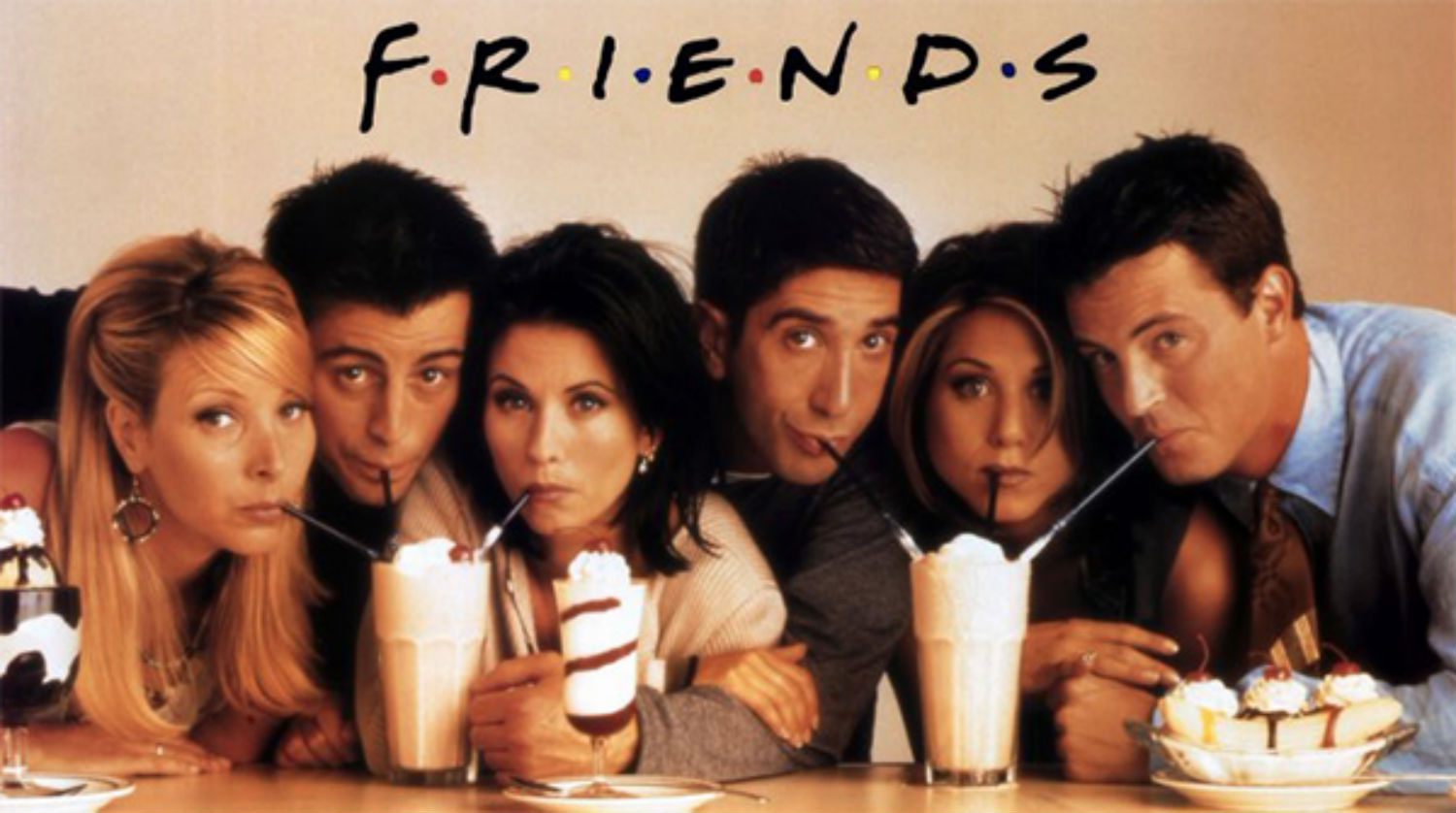There has been a recent trend of television shows being set in the ‘80s and 90’s, including, Freaks and Geeks, Stranger Things and My Mad Fat Diary, to name a few. So why, in 2018, are the ‘80s and ‘90s so inescapable when it comes to television? It is difficult to pinpoint exactly why we all love these shows, but there are some theories that seem to explain it.
The most obvious reason is that current producers, writers and directors are likely to have grown up during these eras and so produce television that is reminiscent or inspired by their youth. For example, the critically acclaimed series, My Mad Fat Diary, which came onto our television screens in early 2013, tells the story of Rae Earl and her struggle with body image and mental health in the mid-1990s. The story is based on the books written by Rae Earl which depict the raw real-life struggles that she documented in her diary. What seems to be so captivating to audiences is the universal relatability in the experiences and events that take place in the show. The topics and issues that are addressed in the programmes remain the same but are presented in different settings and time periods to provide a connection between generations. It is interesting and somewhat comforting to know that our parents and our parents’ parents have had similar experiences to us, despite their environment being completely different.
It is notable that one of the most popular and iconic episodes of the series, Black Mirror, is set in the 1980s. Black Mirror is a futuristic television show that delves into the ways in which technology has or can go too far. However, it is in the Emmy award winning episode, ‘San Junipero’, that the series takes a turn when the characters go back in time and are able to live and thrive in a world without the stigma of being a homosexual couple in the 1980s. What audiences seem to enjoy so much about the setting is that it allows the writers to address something that would not have been accepted or enjoyed to such a degree during the era in which it is set. It gives writers the opportunity to appreciate the iconic period’s fashion, music and film while also manipulating it into an idealistic setting which, at the time, would have been criticised.

Fashion is a pivotal part of popular culture and, consequently, television. As so many trends are cyclical, for example many elements of ‘90s fashion are currently mainstream now, it makes sense for writers to set programmes in iconic fashion eras. Whether it be appreciation of the cringy or quintessential fashion trends of the time, it is refreshing to see and recognise the vast differences and similarities between then and now. In the legendary series, Friends, one of the most memorable episodes, ‘The One With All The Thanksgivings’, is a flashback episode to when the cast were teenagers in the late 1980s. The ‘80s hairstyles and clothes make the characters look like they’re fresh out of a Rick Astley video which adds to the comedic element of the show, providing a cringe-worthy reminder of what people actually dressed like.

Ultimately, the explosion of TV shows being set in the ‘80s and ‘90s is down to the fact that they were iconic eras and highly influential on modern day culture. These shows tend to be rigorous about accuracy in regards to music, fashion statements and references to pop culture, so, whether you experienced them first hand or not, shows set in these eras provide a sense of nostalgia and comfort for audiences.
Charlotte Loughlin
(Title Image: Pink News)

